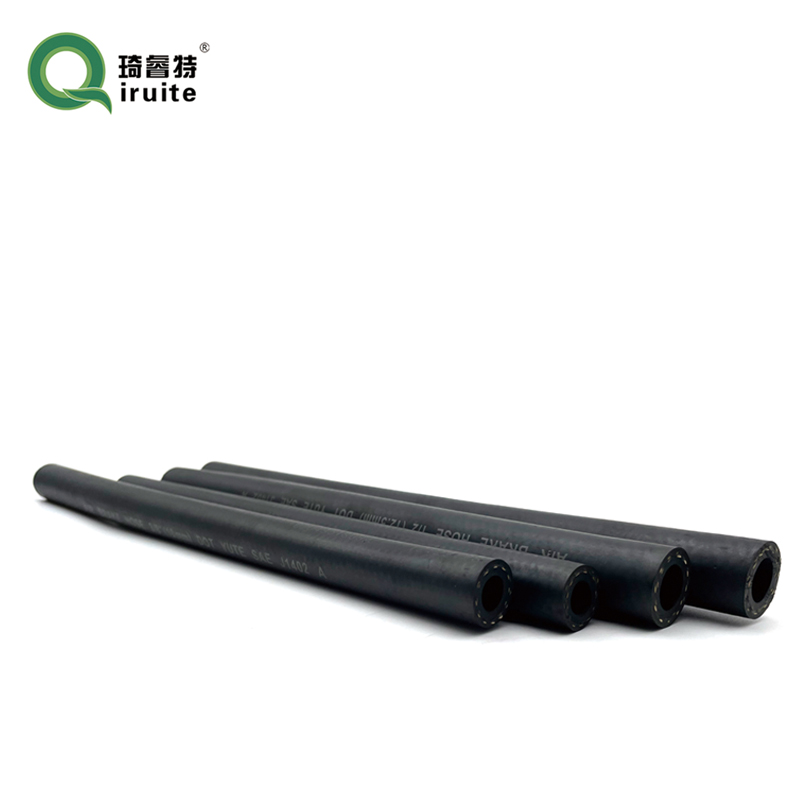Understanding the Importance of Brake Lines and Hoses for Vehicle Safety and Performance
Understanding Brake Lines and Hoses Safety Components of Your Vehicle
When it comes to vehicle safety, the focus often falls on parts like the brakes, tires, and lights. However, one of the most crucial yet often overlooked components that play a key role in a vehicle's braking system is the brake lines and hoses. Understanding their functions, types, maintenance needs, and safety implications is vital for every vehicle owner.
What Are Brake Lines and Hoses?
Brake lines and hoses are integral parts of the hydraulic brake system in modern vehicles. When you press the brake pedal, the force is transmitted through the brake fluid via these components. Brake lines are typically made of steel, while brake hoses are flexible rubber components that connect various components of the braking system. Together, they work to ensure that the braking force is effectively applied to the wheels, bringing the vehicle to a stop.
Types of Brake Lines and Hoses
Brake lines are usually classified into two types hard lines and soft lines. Hard lines are rigid pipes that are typically used in straight sections of the braking system, serving as the backbone of the system. They are essential for providing structural integrity and durability. In contrast, soft lines, or hoses, are flexible and are used in areas where movement is expected, such as where the wheel assembly moves. This flexibility is essential to accommodate the suspension’s movement while maintaining an effective braking system.
Importance of Brake Lines and Hoses
The effectiveness of the braking system hinges on the condition and functionality of the brake lines and hoses. If a brake line or hose develops a leak or becomes damaged, the brake fluid can escape, leading to diminished braking power. This can result in dangerous driving conditions and potentially severe accidents. Regular inspections of brake lines and hoses are critical, as these components can wear out over time due to exposure to heat, pressure, and environmental factors.
brake lines and hoses

Maintenance and Inspection
To ensure the longevity and safety of your brake lines and hoses, regular maintenance is essential. Here are some tips for effective upkeep
1. Visual Inspection Routinely check for any signs of wear, cracks, or bulging in the hoses. Look for rust or corrosion on the brake lines, especially in areas exposed to moisture.
2. Brake Fluid Checks Monitor the brake fluid level and quality. If the fluid appears dirty or has a burnt smell, it may need to be replaced. A significant drop in fluid levels may indicate a leak.
3. Professional Assessment It’s wise to have a professional mechanic inspect your brake system, including the lines and hoses, at least once a year or during regular vehicle maintenance checks.
4. Prompt Repairs If you notice any signs of leaks or damage in your brake lines or hoses, take your vehicle to a professional for repair immediately. Delaying repairs can lead to further damage and increased repair costs.
Conclusion
Brake lines and hoses are essential for your vehicle's safety, playing a critical role in its braking system. Understanding their functions, types, and maintenance needs can help prevent unexpected failures and ensure reliable braking. Regular inspections and timely maintenance can save you from potentially life-threatening situations on the road. Always prioritize the health of your braking system; after all, a safe vehicle is a well-maintained vehicle.
-
Ultimate Spiral Protection for Hoses & CablesNewsJun.26,2025
-
The Ultimate Quick-Connect Solutions for Every NeedNewsJun.26,2025
-
SAE J1401 Brake Hose: Reliable Choice for Safe BrakingNewsJun.26,2025
-
Reliable J2064 A/C Hoses for Real-World Cooling NeedsNewsJun.26,2025
-
Heavy-Duty Sewer Jetting Hoses Built to LastNewsJun.26,2025
-
Fix Power Steering Tube Leaks Fast – Durable & Affordable SolutionNewsJun.26,2025

